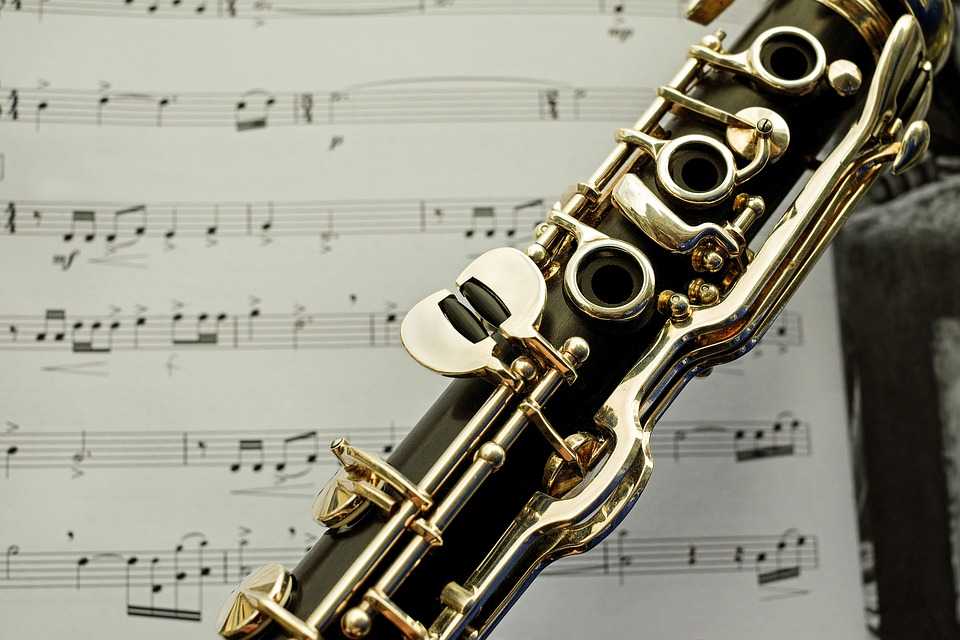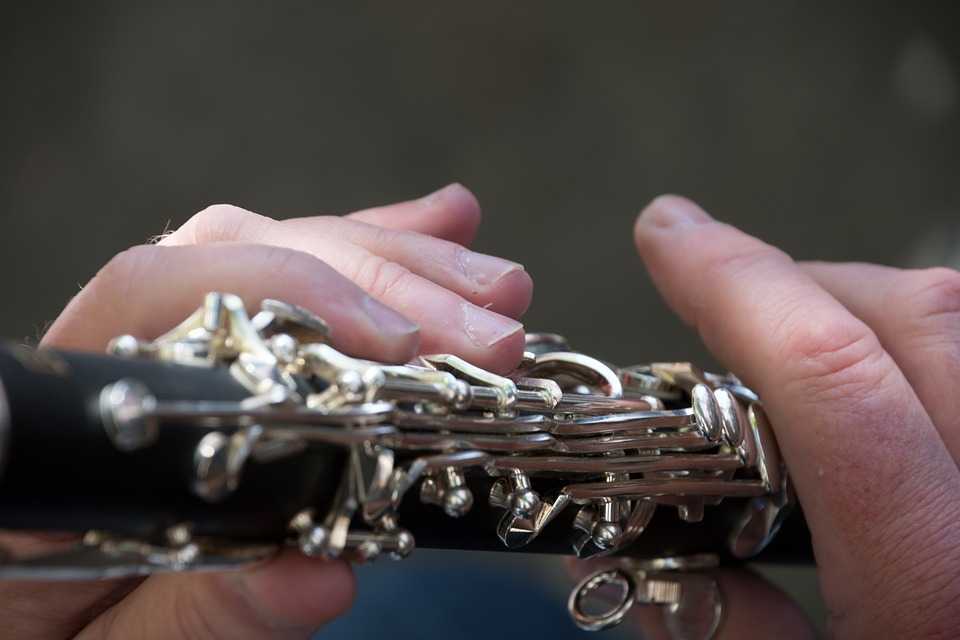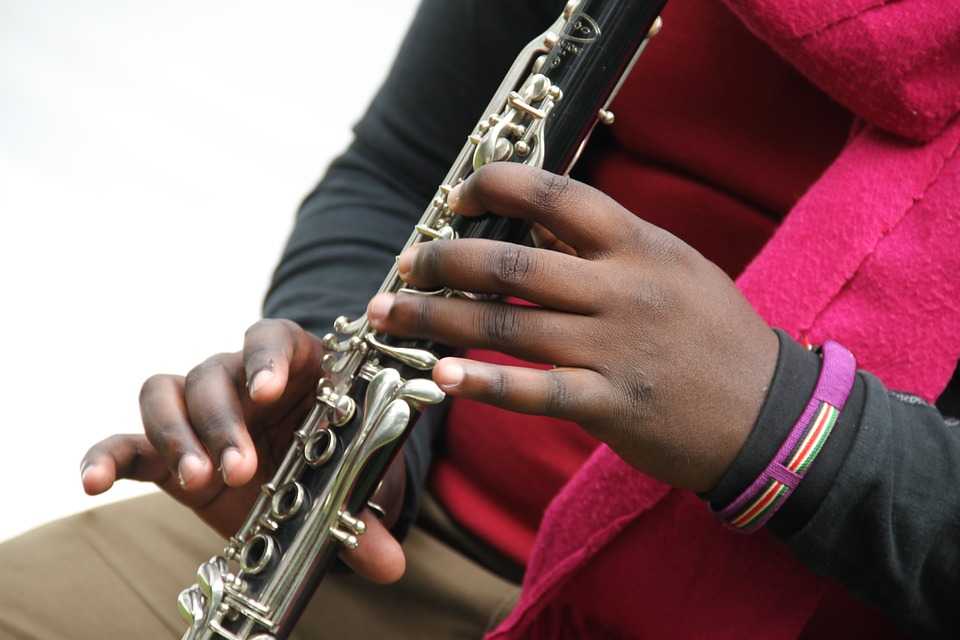What to Expect During Your First Clarinet Lessons


Clarinet Lessons
If you’ve made the decision to learn the clarinet, then your first clarinet lessons will be an exciting time for you. Here at Sage Music, we strive to make every lesson fun, informative, and engaging. Here’s what you can expect from your first clarinet lessons at Sage Music.
The Introduction
Before your lesson begins, you and your teacher will spend some time getting to know each other. Your teacher will ask you questions about your goals, your experience, and your background. I usually ask my students about any music experience they have, what they want to get out of their music lessons, and any playing or performance goals they may have. Then, I create a personalized lesson plan that will help you to achieve those goals.
Assembling Your Clarinet
During the first lesson, I teach my students how to put their clarinet together. This process can be a little more complicated than you’d think, since there are multiple parts to assemble. I’ll go over how to properly handle each piece so you don’t bend any keys or cause any damage.
Once the clarinet is assembled, we’ll go over how to hold it securely without causing tension in your body. We’ll also talk a bit about posture, and I’ll continue to bring up posture tips in the lessons to follow. Then, we’ll talk about how to disassemble the clarinet and how to properly put it back into the case.

Making a Sound
With the body of the clarinet put together, we’ll move on to focus on the mouthpiece and reed. We’ll talk about how to soften up your reed, and why the reed needs to be soft in order to produce a quality tone. I’ll give you some tips on how to use the ligature to hold your reed against the mouthpiece, and we’ll talk about the ideal position for the reed as you put all of the pieces together.
Then, we’ll move on to how to make a sound. Most clarinet students can make a sound right away, and we’ll work on refining, strengthening, and developing that sound. Don’t be surprised if you produce some squeaks or honks on the clarinet – it’s pretty typical, and as you develop your skills, you’ll be better able to control the sounds that you make on the instrument.
I usually spend some time talking about your embouchure position, and I’ll demonstrate where you want to be positioned on the mouthpiece, as well as how to control the muscles of your mouth and lips.
As we work on making a sound, I usually start to talk about posture again, since it’s so important to the quality of your tone. Changes like sitting up straight and bringing your shoulders back may seem small, but they can make a significant difference in the tone that you produce.

Learning Notes
Once you can make a consistent tone, we’ll move on to learning notes. We’ll focus on just a few notes at first, and we’ll get you used to moving your fingers while still supporting the clarinet so that you feel secure.
As you learn notes, you’ll need to memorize the different fingerings and how to recognize the notes in music notation. I’ll give you some exercises to practice that will help with this. We’ll also talk about your hand posture so that we can minimize the tension in your hands, which will help to keep you comfortable.
Some students have a hard time fully covering the holes in the clarinet at first. I’ll give you some tips on this, and will help you to develop an accurate hand position so that soon, covering the notes becomes second nature.
Playing Music
Your first few clarinet lessons will focus on the details outlined above. It’s important that you develop these skills and that you learn them properly, since they make up the foundation of playing the clarinet.
You won’t play full songs on the clarinet right away, but once you’ve learned a few notes, then you’ll progress to playing short pieces. As you continue to learn more notes, the length and complexity of the songs you can play will increase.
Learning to play the clarinet – and any musical instrument – takes time, dedication, and a great music teacher. The best thing that you can do is to find a talented music teacher who can help you to learn the basics of your instrument the right way. Here at Sage Music, we have talented teachers who are not only musicians, but who also understand how to teach music so that you become confident and a skilled musician.
Ready to sign up for music lessons? Contact us today to get started!
Related

Daniel

Daniel